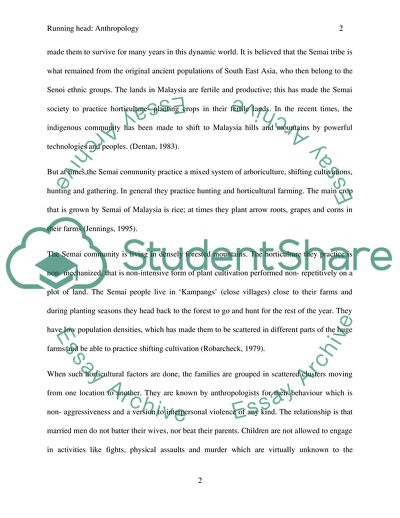Cite this document
(The Semai of Malaysia Coursework Example | Topics and Well Written Essays - 2250 words, n.d.)
The Semai of Malaysia Coursework Example | Topics and Well Written Essays - 2250 words. https://studentshare.org/anthropology/1768303-semai-of-malaysia
The Semai of Malaysia Coursework Example | Topics and Well Written Essays - 2250 words. https://studentshare.org/anthropology/1768303-semai-of-malaysia
(The Semai of Malaysia Coursework Example | Topics and Well Written Essays - 2250 Words)
The Semai of Malaysia Coursework Example | Topics and Well Written Essays - 2250 Words. https://studentshare.org/anthropology/1768303-semai-of-malaysia.
The Semai of Malaysia Coursework Example | Topics and Well Written Essays - 2250 Words. https://studentshare.org/anthropology/1768303-semai-of-malaysia.
“The Semai of Malaysia Coursework Example | Topics and Well Written Essays - 2250 Words”. https://studentshare.org/anthropology/1768303-semai-of-malaysia.


